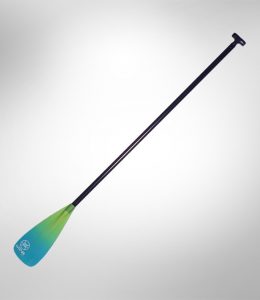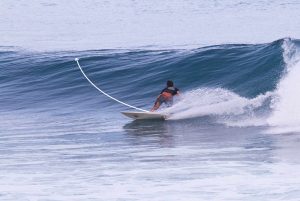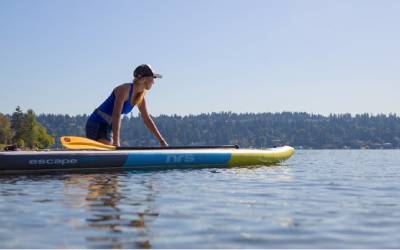More than 2.8 million individuals have taken up stand up paddle boarding in the U.S. alone and it has become the quickest developing water sport over the world. But would you say you are stressed over the danger of injury? Whatever your age or wellness level, standup paddling is a fun and healthy side interest that anybody can attempt. But with every new sort of game and physical activity, you need to be dependable to guarantee your wellbeing on the water and to keep your elbows and wrists fit as a fiddle. Regardless of whether you are new to standup paddle boarding or effectively entirely experienced, it very well may be valuable to know a couple of straightforward tricks that can assist you with improving your SUP understanding while at the same time helping you diminish the danger of injuries.
Utilize a loose grip:

Continuously utilize a loose grip on your paddle. This implies fingers only for lower hand during the force period of your forward stroke. Upper hand on handle – fingers ought to have the option to lift and wave whenever, while the thumb interfaces the hand to the handle. Indeed, even on waves and harsh water, remain loose!
Develop a good stroke:

Likewise with any water sport, it’s significant that you see how to decrease stress and injury on your body . The most widely recognized but simple slip-up to make by those simply beginning is to hold the paddle incorrectly. This isn’t simply poor technique; it could really make you get harmed. The paddle blade needs to move the correct way and should slant at an edge from you. By doing this, you will accomplish a smoother stroke and cause substantially less stress on your shoulders and elbows. Stroke technique is one of the most significant ways you can diminish injury, while likewise having the option to effectively push yourself forward.
You’ll see that a few paddles are totally straight, and you can then utilize the paddle to dive into the water and afterward propel yourself forward. A few paddles, however, have a curve in the pole, called the elbow, and you can utilize this as a pivot to keep your lower hand consistent while utilizing your top hand to make the vast majority of the movement. This will likewise diminish how much twisting is needed by straight paddles.
Be Relaxed:
By and large, you should feel loose and cheerful for any type of water you’re on. This will mitigate strain in your shoulders, arms, core and legs. In case you’re feeling tense, you’ll be spending energy faster and this may prompt agony in those areas after some time.
Include some Warm-up and Stretches:
Investigate explicit stretches and warm-up for your present injury to do pre and post paddle. On the off chance that you don’t have a physical issue, I do a light yoga stretch meeting earlier for my legs, back and shoulders, around 10 min max. In the middle of paddling days or at the exercise center, I do a 1min plank which strengthens my shoulders along these lines diminishing future injuries. The Tea Cup Stretch is an incredible one to open your side, arms and hands before a paddle.
Rotate your Torso:
As your paddle enters the water, rotate your torso and stack your shoulders as you start your stroke, this will draw in the bigger, more grounded muscles of your hips and core to travel through the water. This leads to a significantly more proficient stroke as it empowers your greater, more grounded muscles to do a large portion of the work, instead of utilizing your littler arm muscles. In the event that you don’t rotate and furthermore reach too far forward as you paddle, you will probably be depending on your arm muscles alone, which can get drained and stressed rapidly and become progressively susceptible to sustaining a physical issue.
Get low while turning:
Get low to turn. Regardless of whether a buoy turn in a race or just to go the other direction, I see such a large number of paddlers standing straight up and attempting to turn. It takes them 2x as long and 4x too numerous strokes to turn – and this puts more strain on your body. Instead, squat low, utilize an all-inclusive straight lower arm on the paddle and turn faster with less exertion and time finished. Stepping back behind the handle a piece will likewise release the nose along these lines turn the board quicker.
Use the right equipment:
There are numerous great destinations to try out your SUP skills, but misunderstanding the gear will only set you up for disappointment, even before you have gone out on the water. Getting the correct board is essential, particularly when you’re just beginning. If you are a SUP fledgling, at that point you’ll likely think that its difficult to balance on the board at first if it isn’t sufficiently wide, so you need to ensure you get a board that is firm, tough and stable. If you get a board that’s too short, at that point it likely won’t hold your weight. In like manner, the length of the paddle ought to be adjusted to match just above your height too. If you utilize a paddle that’s too long or too short, you won’t just discover paddle boarding so a lot harder, but your body will need to work a lot harder and could wind up with sore, throbbing muscles.
